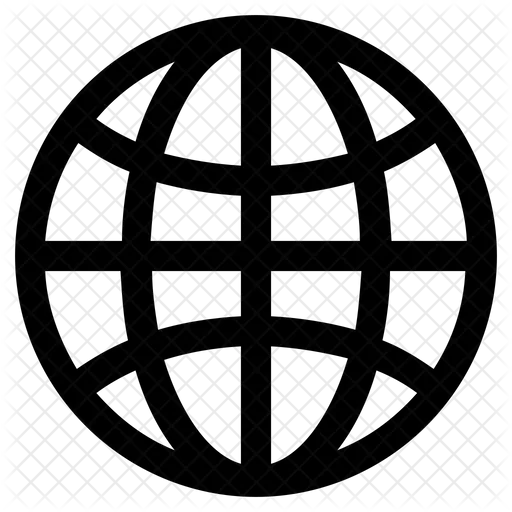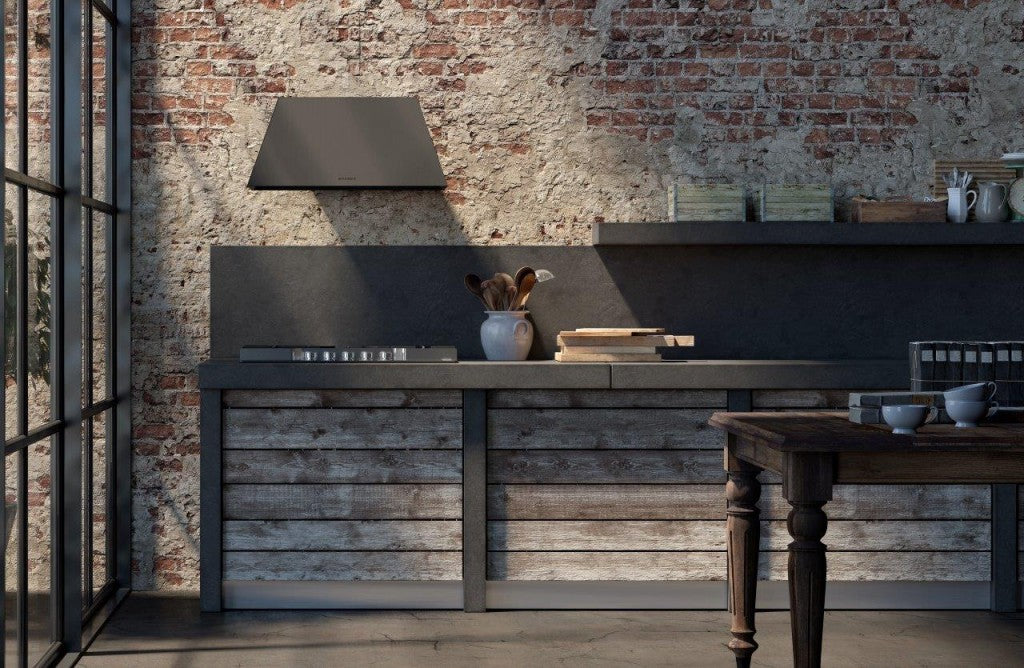From increased safety to precision cooking, from aesthetic elegance to energy savings: the advantages of the induction hob are undeniable. An electrically powered food cooking system that uses flat, smooth and minimal cooking surfaces, the induction hob has become increasingly sought after in Italian kitchens due to its ease of use and excellent performance.
However, are we sure we know everything about the cleaning and maintenance of this innovative tool that is overtaking the traditional gas cooker in terms of use in homes?
How an induction hob works
Seemingly complex but actually highly practical, an induction hob spreads heat through a system of coils 'hidden' under the fibreglass top which, powered by electricity, generate a magnetic field transferring uniform heat to the cookware. Pots must be made of iron: with the use of other materials (aluminium, copper, terracotta) the magnetic field would not be activated and would not heat up.
Devoid of buttons, knobs and burners, these kinds of hobs are theoretically much easier to clean and maintain than traditional hobs, which feature bumps and crevices. All of which is very fair, except that the top, being made of glass and ceramic, looks somewhat delicate. To preserve it intact over time, in addition to the correct use of pots and pans, it is therefore essential to ensure appropriate and constant cleaning of its surface, while also trying to preserve it from scratches and abrasions.
If you don't know how to clean your induction hob, here are a few helpful hints for easy and sustainable maintenance, taking care of it both on a daily and 'extraordinary' level.
Daily cleaning of induction hobs
To be carried out only when the hob is switched off and cold, ordinary cleaning involves fairly simple operations. It is preferable to clean the hob after each use to prevent stains from encrusting, and to always use pans with clean bottoms.
The first good habit is to remove dust and light incrustations: all you need is water (possibly distilled to avoid lime deposits), a microfibre cloth (or a soft sponge) and a paper towel (or a kitchen towel). If the surface is not particularly dirty, wiping the wet cloth gently over the affected areas will remove dust, cooking residue, and lighter dirt. Take care to dry the treated area thoroughly with the paper towel at the end.
Does the hob have grease and oil stains and more resistant encrustations? If these cannot be removed with water alone, wipe with a sponge soaked in washing-up liquid or Marseille soap and rub gently; then rinse with a soft cloth dampened with lukewarm water and dry. It is advisable to clean the hob with a solution of water and white vinegar in equal proportions at least once a week.
Deep cleaning of induction hobs
If your hob has stubborn and more resistant marks, perhaps as a result of longer and more elaborate cooking, you will need to carry out a thorough deep cleaning and take stronger action.
In this case, we suggest you use a suitable glass scraper together with a high-quality detergent designed specifically for induction hobs, ensuring that these products have the advantage of not being overly aggressive and also have a protective effect (stains can also form due to the use of inappropriate products!).
Alternatively, you can use a solution of vinegar, warm water and bicarbonate of soda: leave it on for a few minutes and then remove the incrustations once they have softened. To polish the glass and ceramic surface, a final rinse with water, vinegar and lemon will suffice.
Some of our most useful suggestions:
- Never use rough objects such as steel wool or abrasive sponges instead of the scraper;
- Never apply alcohol to the surface of the hob;
- Residues of sugar and food containing sugar should be removed as soon as possible as they could damage the hob.
Proper maintenance of induction hobs
In addition to daily and periodic cleaning, the proper maintenance of induction hobs requires adopting some good everyday habits that can help us to avoid the most frequent damage by preserving the integrity of the hob and ensuring its efficiency over time.
The main maintenance rules:
- Cooking with the right tools - As a main cause of damage and malfunctioning, unsuitable pots and pans should be avoided at all costs. The pots used must necessarily have a low and thick ferromagnetic base: if a magnet is placed on the base, it must be attracted to the entire area of the base itself, as the hob must be able to detect the entire surface of the pot.
- Avoid scratches and scuffs - Rough substances such as salt and sugar could scratch your hob irreparably, and it is best to remove them from the surface as soon as possible. It is also advisable to avoid the use of unsuitable tools and to refrain from using the hob as a counter, such as placing glass beakers or heavy or sharp utensils on it. Finally, to avoid scuffs, remember to always lift pans before moving them and not to drag them over the surface.
Accurate aesthetics, attention to detail, top performance. The Galileo Smart and Galileo NG induction hobs with an integrated hood from the Galileo line by Faber deserve all our care when it comes to cleaning and maintenance: this allows us to protect them from wear and tear, keeping them as beautiful and efficient as they were when we bought them. By combining an induction hob and a cooker hood in a single wide flush-top product, Galileo offers a combination that is characterised by power, safety and silence. These models are also distinguished by the waterproof technology of the motor: any spillages from cooking liquids flow directly into the suction grille and end up in the small compartment underneath, ensuring that they are less 'obtrusive'. Cleverly and compactly designed, they also leave sufficient space for the integration of a utensil drawer under the hob, thus avoiding the temptation to place utensils on the hob and risking scuffs and scratches.












